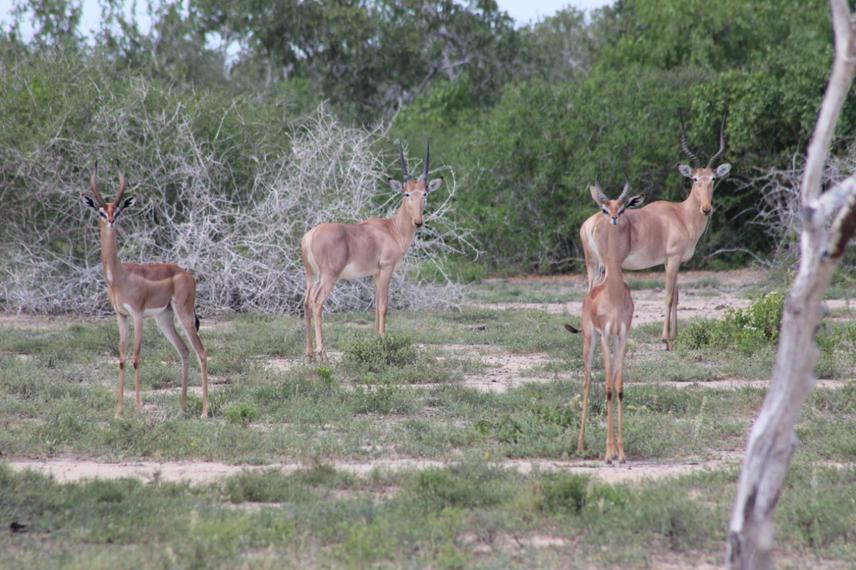Abdullahi Hussein Ali
Other projects
9 Oct 2009
Ecological Interactions between Wild and Domestic Ungulates in East African Arid Ecpsystems: A Case Study of the Endangered Hirola Antelope (Beatragus Hunteri), Kenya
27 Jan 2012
Role of Predation and Livestock Grazing as Factors Underlying Hirola Declines in Ijara, Kenya
26 Nov 2015
Range Restoration for the World’s Most Endangered Antelope and Local Livelihood Improvements in Southeastern Kenya
Using a combination of GPS telemetry, demographic indices and satellite imagery, I will analyze hirola resource selection to inform future reintroductions.

Hirola is arguably the world’s most endangered antelope, having been eliminated almost entirely from their historic range due to chronic range degradation. My proposed work will explore options to characterize the landscape to maximize the chances of successful reintroductions in future. In 2012, we translocated 48 hirola into a predator-proof sanctuary and collared nine females representing 7 herds in outlying areas to serve as a source population for future reintroductions. Using a combination of GPS telemetry, demographic indices and satellite imagery, I will characterize landscape (distance to nearest settlement, distance to water) and vegetation (percent shrub cover, percent annual grasses, percent perennial grasses) features that hirola select or avoid so as to target reintroductions in areas that share these attributes.
Specifically, I will identify and compare prospective reintroduction sites within the historic range by integrating:
1) a multiscale, quantitative analysis of the landscape characteristics of home ranges of radio-collared hirola;
2) an assessment of colonization potential of areas adjacent to prospective hirola reintroduction sites;
3) an expert-assisted analysis of habitat factors that could affect reintroduction success.
This will be the first step towards long-term successful species reintroduction and recovery. This will also point to management solutions that can be realistically enacted on the ground to maximize the chances of self-sustaining populations of hirola in the future.